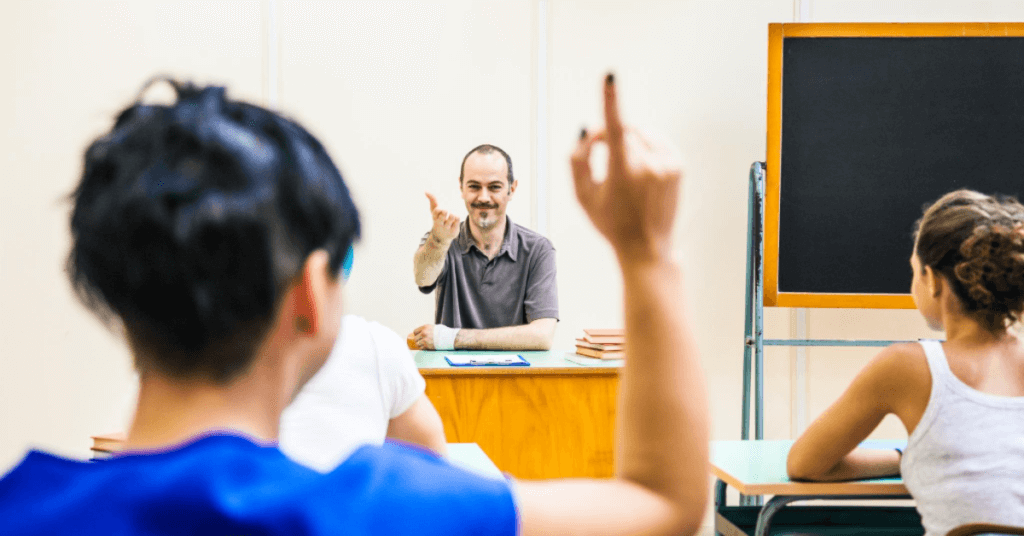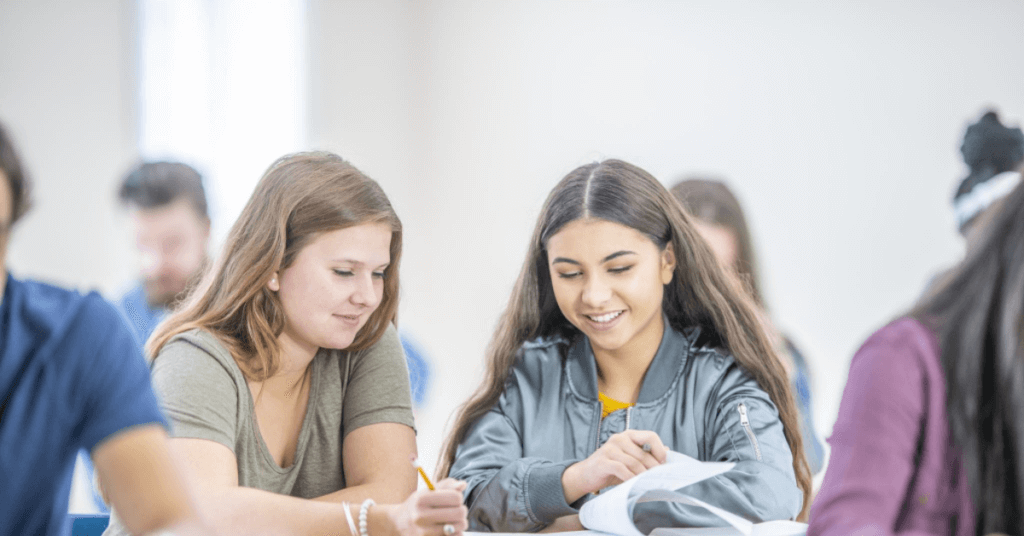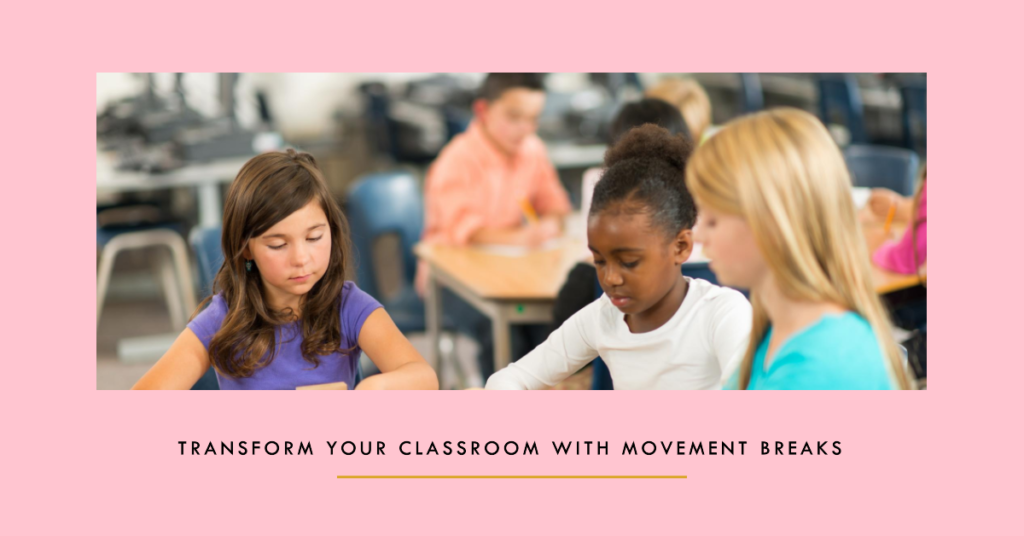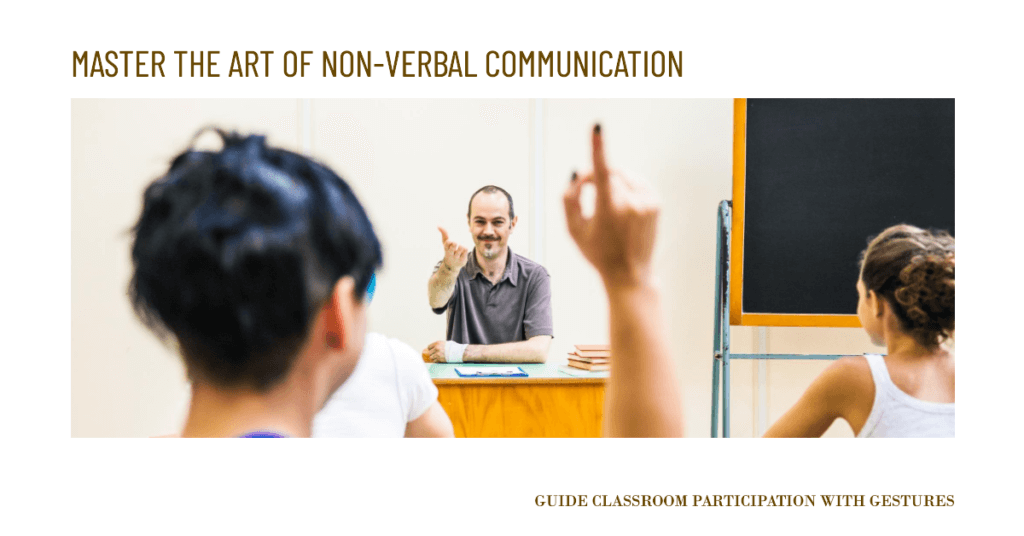5 Non-Verbal Cues for Creating a Calm and Focused Classroom – Classroom Management Tips

Non-verbal communication, often referred to as body language, is a powerful tool that can significantly impact student engagement and ultimately, learning outcomes. It can make or break the positive learning environment you’re striving to create in your classroom. This article will explore how teachers can use non-verbal cues to build a safe and supportive space, […]
Non-Verbal Cues That Build Trust, Create Safety, and Unleash Student Potential – A Guide For Teachers

Think back to your school days. Was there a teacher who, with a mere glance or a nod, could make you feel heard and understood? Perhaps a warm smile that calmed your nerves before a presentation, or an encouraging gesture that propelled you to share your ideas. These seemingly insignificant actions spoke volumes, leaving a […]
How to Boost Collaboration in the Classroom with Proximity and Non-Verbal Cues

In a world increasingly defined by teamwork and collaboration, the ability to work effectively with others is essential for success. The classroom, as a microcosm of society, can play a crucial role in developing these skills. However, fostering collaboration requires more than just assigning students to groups; it demands careful attention to the physical and […]
How to Use Movement Breaks, Active Games, and Collaborative Activities to Transform Your Classroom

Imagine a classroom where students aren’t just sitting passively at desks, but are actively moving, engaged in collaborative activities, and having fun while learning. This isn’t just a fantasy; it’s a reality that can be achieved through the power of movement for learning. Movement in learning is the integration of physical activity and movement into […]
How to Use Non-Verbal Cues to Boost Inquiry-Based Learning and Student Engagement

In the world of education, questions are not just tools for assessment; they are catalysts for curiosity, critical thinking, and deeper understanding. The power of questions, however, extends beyond the words themselves. Non-verbal communication, particularly facial expressions, body language, and gestures, plays a crucial role in encouraging student questioning, fostering a culture of inquiry, and […]

